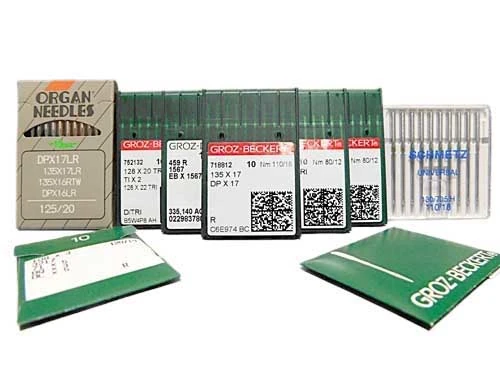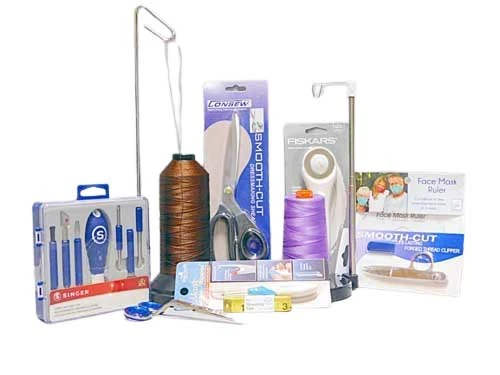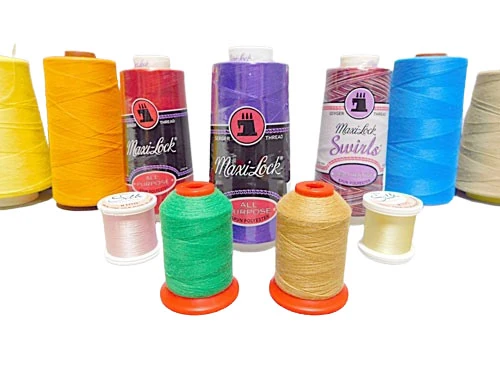Nomex Information
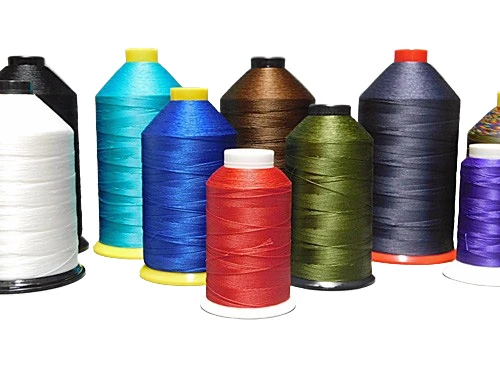

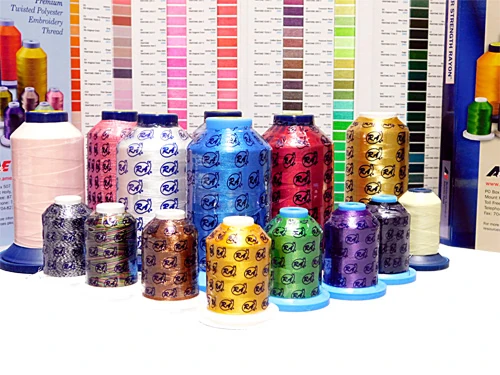
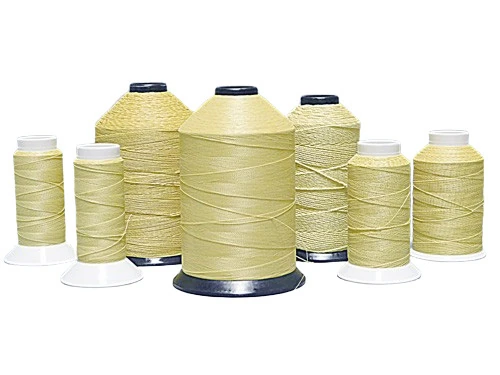
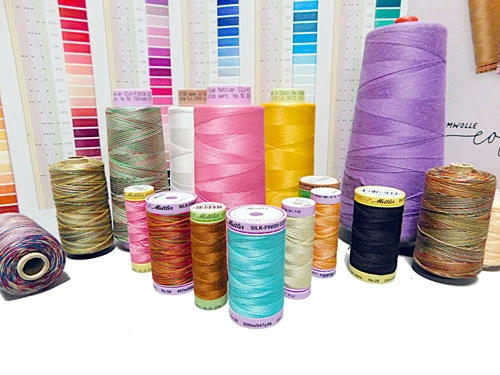

Machine Needles - Over 2,000 Groz-Beckert and Schmetz selections.
-
Find the needles you need in one place.
-
Needle to Machine Reference.
-
Sequenced needle systems for harder to find needles.
-
Thread by needle size.
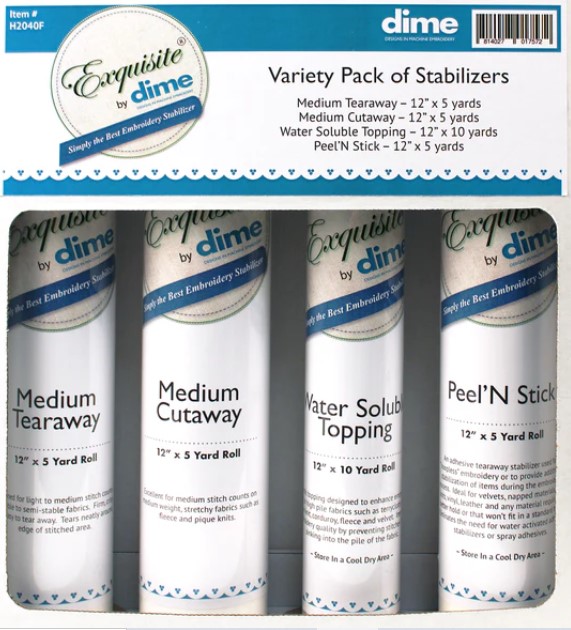
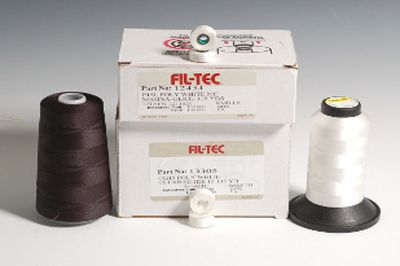
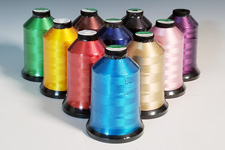
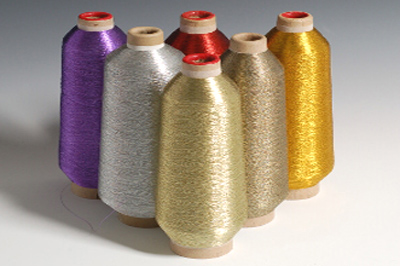
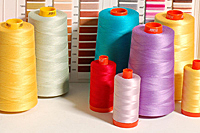
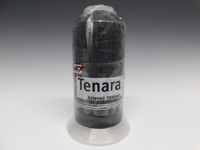
Accessories - To make sewing easier.
We have a growing selection of notions and accessories that make sewing easier. They include thread cone holders, thread sock. elastic tubing, scissors and shears, tape measures, and tool kits and cutters.
Nylon Thread - Ten Sizes - Over 100 colors in some sizes.
-
Strong, durable, and easy to use.
-
Great for fabric, leather, canvas and vinyl.
-
Use up to size 69 in most home sewing machines.
-
Buy what you need - Single small spools, large spools and cases.
Polyester Thread - Nine Sizes - Great for outdoor use.
-
Looks and feels like nylon thread with comparable strength, durability, and ease of use.
-
UV resistant - Great for fabric, leather, canvas and vinyl.
-
Use up to size 69 in most home sewing machines.
-
Buy what you need - Single small spools, large spools and cases.
Robison-Anton - The full line of R/A 40-Weight embroidery thread.
-
Over 400 colors in polyester, and over 370 colors in rayon.
-
King spools and mini-kings.
-
Color cards.
-
Color conversion charts to match to other brands.
Kevlar (TM) Thread - Withstands temperatures up to 800F.
-
Does not melt.
-
About 2.5 times stronger than nylon and polyester.
-
Low stretch at 2%.
-
Buy what you need - Single spools, large and smaller - or cases.
Bobbins - Prewound - Save time with pre-loaded bobbins.
-
Full-gross (144), half-gross (72), and packs of 12 for smaller jobs.
-
Styles A (Class 15), G, L, M, and U - Other styles on closeout.
-
Wide selection of half-price bobbins.
-
Find the right bobbin for your machine.
Monofilament Thread - Also called invisible nylon thread.
-
Similar texture to fishing line, but thinner.
-
Comes in 9 sizes from ultra-thin size .004 to sturdy-size .012.
-
Small spools in sizes .005 to .012.
-
1.5 Lb. canisters in all sizes - Case quantities available.
Cotton Thread - The full line of Mettler Silk-Finish cotton and Aurifil closeouts.
-
Mettler cotton from thinnest to thickest in 60, 50, 40, and 28-weights.
-
Aurifil cotton closeouts at 35% off.
-
Mettler and Aurifil are made from 100% long staple Egyptian cotton fibers.
-
The lower the thread weight number, the thicker the thread.
Sewing and Serger Thread - Spun polyester, poly-core, silk closeout and more.
-
Tex 27 Maxi-Lock - Over 90 solid and variegated colors on 3000-Yd spools.
-
Excell - Same as Maxi-Lock on 6000-Yd spools - Around 12 colors.
-
Maxi-Lock Stretch - High elasticity thread in over 35 colors.
-
Closeouts in spun polyester, poly-core silk, and more.
Waxed Thread - For hand sewing. Most machines cannot handle waxed thread. Check owners manual.
-
Waxing makes thread stiffer, stronger, and more water repellent.
-
Great for leather, canvas, vinyl, and heavy fabrics.
-
70-Yd tubes from Maine Thread in 6 sizes - Over 36 colors.
-
Closeout - Nylon coils, and waxed polyester-linen tubes.
